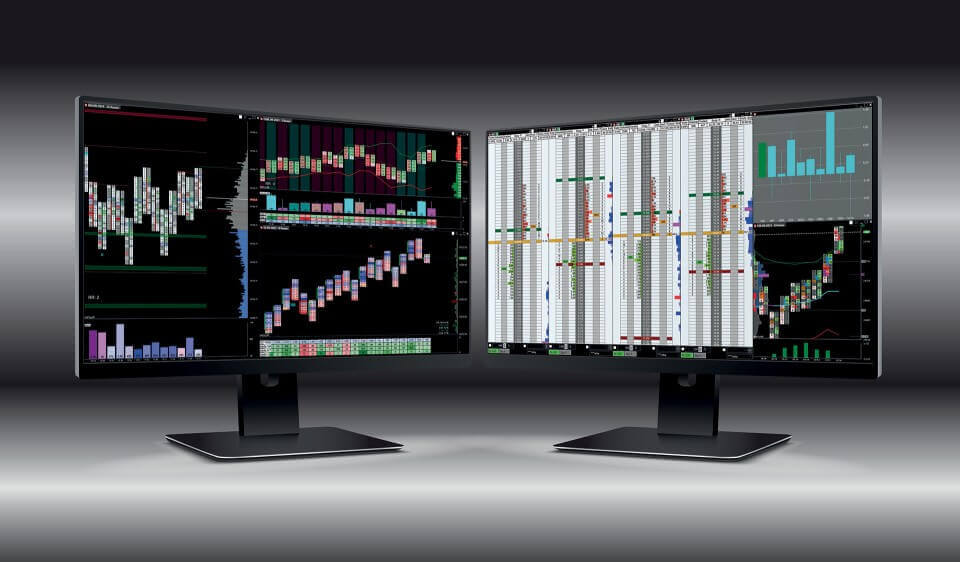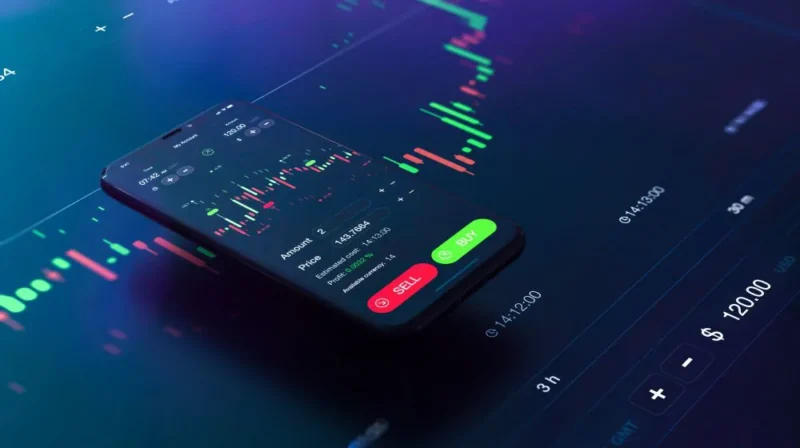In the ever-evolving landscape of digital asset trading, the choice of a DOM (Depth of Market) trading platform can significantly influence an investors success. With an abundance of options available, each boasting a unique set of features and capabilities, traders must navigate this intricate web to find the solution that best aligns with their individual strategies.
From sophisticated charting tools and comprehensive order management to seamless integration with third-party applications, the variety of functionalities can be staggering. Moreover, the user experience ranges drastically—from interfaces that cater to seasoned professionals to those designed for novices just dipping their toes into trading waters.
This article delves into a comparative analysis of leading DOM trading platforms, highlighting their distinguishing features and functionalities, to help traders make informed decisions tailored to their needs. Whether youre seeking advanced analytics or a straightforward interface, understanding these platforms will empower you to trade more effectively in an increasingly competitive environment.
What is DOM Trading?

DOM trading, or Depth of Market trading, is a sophisticated method employed by traders to gauge the flow of buy and sell orders in real-time, providing a deeper insight into market sentiment than traditional price charts can offer. By analyzing the order book, which showcases the number of shares or contracts available at various price levels, traders can pinpoint potential support and resistance zones, strategizing their entries and exits based on the supply and demand dynamics.
Using Depth of Market software, traders are able to dive even deeper into this analysis, leveraging advanced tools that present detailed visualizations and real-time updates on order flow. This layered understanding allows for a more tactical approach, where one can anticipate market movements and react accordingly.
As trading platforms evolve, the features they offer to enhance DOM trading have become increasingly sophisticated, transforming the way traders interact with financial markets. Understanding these functionalities is essential for anyone looking to navigate the complexities and nuances of today’s trading landscape efficiently.
Key Features of DOM Trading Platforms
When exploring DOM trading platforms, several key features set them apart and enhance the trading experience. First and foremost, real-time market depth visibility allows traders to see the bid and ask prices at various levels, which is crucial for making informed decisions.
Advanced order types, such as limit orders and stop-loss orders, empower users to tailor their strategies with precision. Additionally, customizable interfaces let traders arrange their workspace to suit their personal preferences, accommodating multiple charts and indicators for comprehensive analysis.
The integration of tools like market sentiment indicators can provide deeper insights, while responsive performance ensures that even during volatile market conditions, orders are executed instantaneously. Lastly, robust security measures, including two-factor authentication and encryption, safeguard user data and transactions, instilling confidence in the trading environment.
Together, these features create a dynamic and powerful trading interface that caters to the diverse needs of both novice and seasoned traders.
Functionality Breakdown

When diving into the functionality of DOM trading platforms, it becomes apparent that each system offers a unique blend of features designed to cater to distinct trading needs. At first glance, some platforms may appear similar, yet the devil is in the details.
Take order execution speed, for instance; a split-second delay can significantly impact trading outcomes. Additionally, intuitive user interfaces can make a world of difference, especially for novices who encounter complex market structures for the first time.
Advanced charting tools, algorithmic trading options, and comprehensive market analytics also play pivotal roles in a traders experience. Furthermore, subtle nuances, like customizable dashboards and multi-device access, can elevate a trader’s efficiency and adaptability significantly.
Ultimately, understanding these functional differences is key to selecting the right platform that aligns with both individual trading strategies and goals.
Conclusion

In conclusion, selecting the right DOM trading platform is crucial for any trader looking to enhance their trading experience and make informed decisions in the fast-paced world of financial markets. By comparing the key features and functionalities of various platforms, it becomes clear that choices will depend on individual trading styles, preferences, and goals.
Depth of market software, in particular, plays a significant role in providing traders with vital insights into market liquidity and price movements, ultimately influencing their strategies. As you assess your options, consider the specific tools and resources that resonate with your trading approach, ensuring you choose a platform that caters to your unique needs while facilitating successful trading outcomes.


